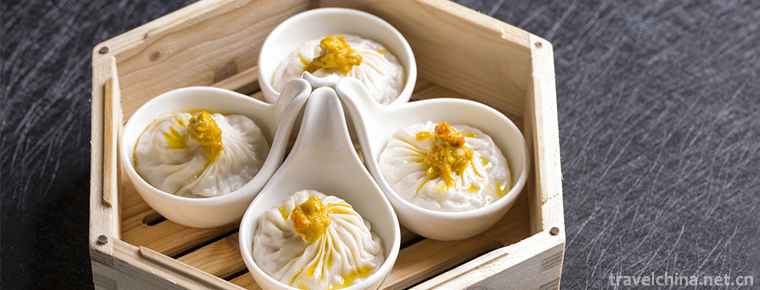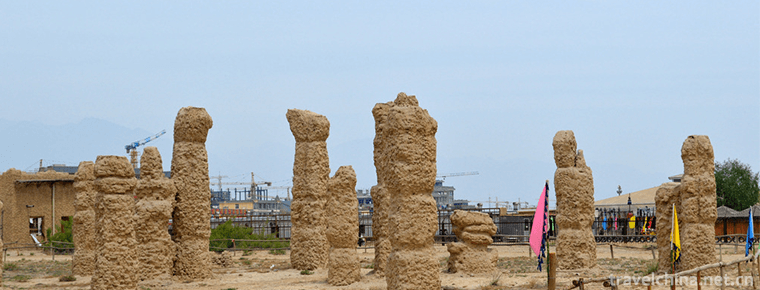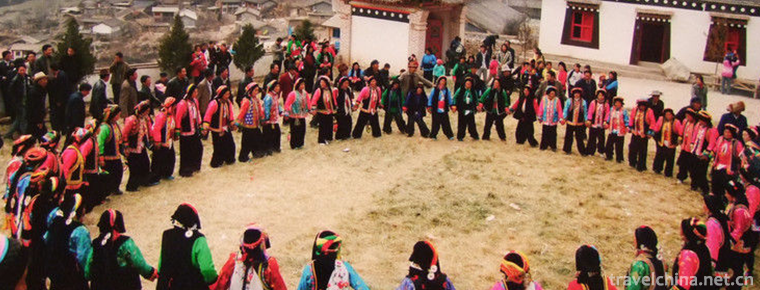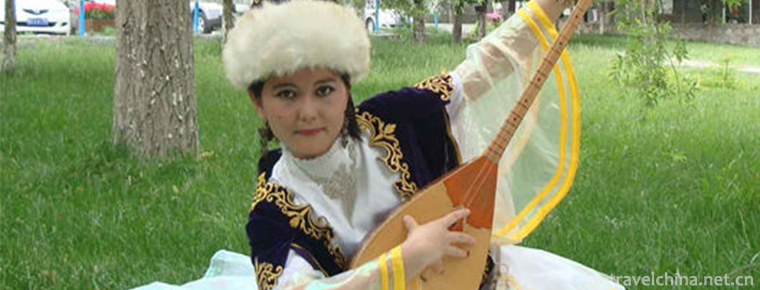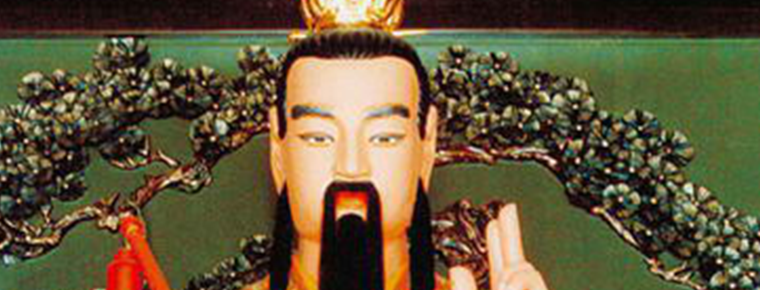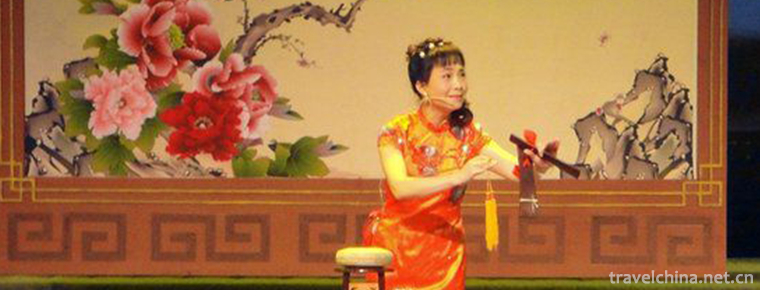Guangyou Temple Scenic Area
Guangyou Temple Scenic Area
Guangyou Temple is located in Liaoyang City, Liaoning Province, with Baita in the West and moat in the east. It covers an area of 60,000 square meters. The central axis of the north and south is archway, mountain gate, Tianwangdian Hall, Daxiong Palace, Wanfo Hall, Tibetan Sutra Building, Monk House. Bell Towers, Drum Tower, Stele Pavilion, Matching Hall and Yuantong Temple are built on both sides of the East and west. The building area is more than 20,000 square meters. The base of the Buddha statue of Nei Sakyamuni is 4 meters. The statue is 17 meters high and 21 meters long. At present, it is the highest and largest wooden sitting statue of Sakyamuni Buddha in the palace of the world.
brief introduction
Guangyou Temple Site is located in Baita Park, Liaoyang City, Liaoning Province, at a section of Zhonghua Avenue.
According to historical records, the temple was built in the Eastern Han Dynasty and was one of the earliest temples since Buddhism was introduced into China.
National AAAA scenic spot.
The highest of the five worlds;
1. The largest blue stone archway in the world, 16.9 meters high and 34 meters long, consists of 95 huge stone carvings.
2. The world's largest bronze incense burner, 12 meters long, 1.2 meters high and 2.9 meters wide;
3. The world's largest Daxiong Palace, with an area of more than 11400 square meters;
Fourth, the largest temple in the world is sitting on Buddha with wooden gold stickers.
5. The world's largest palace lamp is 4 meters high and weighs 1 ton. Inside the Guanyin Hall, two Buddha's true body and sacrifices are worshipped.
On August 27, 2002, Master Yong Kui, Vice President of the Hong Kong Buddhist Association, presented his treasured Buddhist bones and relics to the Guangyou Temple, which is now enshrined in the Yuantong Chan Temple, a subsidiary Hall of the Guangyou Temple.
The overall scenic area of Guangyou Temple is set off by the towering Baita Pagoda in Liaoyang, with the theme of temple complex including mountain gate, bell and drum tower, Tianwang Hall, East and West matching hall, Daxiong Palace and Sanbao Hall. It covers 50,000 square meters of China Square, 90,000 square meters of classical gardens, 200,000 square meters of Youth Lake Disneyland, 10 kilometers of river moat around the city and boat sightseeing. With shopping, catering and accommodation as its subsidiary, a traditional cultural commercial street in the ancient city forms a tourist scenic spot with historical culture as its foundation and religious culture, garden art and tourism economy as its connotation.
Scenic spot
Yuantong Buddhist temple
Yuantong Chan Temple is a subsidiary Hall of Guangyou Temple, built on the artificial earth platform on the north side of Baita. It covers an area of 3,000 square meters, with a building area of 1,350 square meters. The main hall is a single eave archaic building with five intermittent hills and a height of 17 meters. The plaque "Yuantong Chanyuan" is the title of Qigong, a famous calligrapher in China. "Yuantong" is the nickname of Guanyin Bodhisattva, so this hall is dedicated to the worship of Guanyin Bodhisattva.
In the center of the hall is a statue of Guanyin Bodhisattva with thousands of hands and thousands of eyes, which is 6.2 meters high. Sitting in front of the left and right are two statues of a good fortune boy and a dragon girl. They are two close servants of Guanyin. On the 1.2-meter-high Xumi pedestal on the East and west sides of the hall, there are 32 characters symmetrically arranged in order to enlighten all living beings, which are called "32 corresponding bodies".
On June 9, 2002, Yuantong Zen Hall held a grand ceremony of "Thousand Hands and Thousand Eyes Guanyin Completion", which was officially open to visitors. On August 27, Master Yongkuo, Vice President of the Hong Kong Buddhist Association, presented his two Buddhist bones to the Guangyou Temple for worship in the Yuantong Chan Temple. This has added new religious connotations and attractions to Yuantong Zen Temple, making it increasingly a hot spot for Buddhists to worship and one of the important tourist attractions in Liaoyang.
Liaoyang White Tower
Located west of Guangyou Temple, Liaoyang White Pagoda is one of the six ancient pagodas in China and a national-level cultural relic protection building. Because the bricks and tiles on the tower body and eaves are covered with white ash, they are commonly known as white pagodas. The Baita in Liaoyang is 70.4 meters high and has an octagonal thirteen-storey eaves structure. It is the tallest brick tower in Northeast China. Zhang Gu, a poet of the Ming Dynasty, once wrote poems in eastern Liaoning Province and said, "The Xiongxi Temple of the Pagoda, the golden body of the Buddha." The White Pagoda in Liaoyang is originally a Buddhist pagoda, but there are Taoist traces in its architectural style. This phenomenon has aroused widespread interest. At the foot of the tower, there is a clear spring called Taquan, which is accompanied by the White Tower.
Liaoyang White Pagoda was built in the Liao and Jin Dynasties. It is the best of the ancient pagodas in the north. It is built of brick with eighty-three layers of solid eaves, 71 meters high, divided into four parts: the base, the base, the body and the brake. According to the biography of Ta Ming and the queen and concubines of Jin Shi discovered in 1922, Wan Yanyong of Jin Shizong was built by his mother Li during the period of Jin Dading (1161-1173). After the repair, it still maintained its original style, which is one of the best brick towers in Liao and Jin Dynasties. The base was repaired three times in 1963, 1972 and 1982. In 1988, the State Council of the People's Republic of China promulgated it as a national key cultural relics protection unit
Travel?
Ticket price: 40 yuan per person. If Liaoyang local citizens, they can hold ID cards to enjoy a 10-20 yuan discount.
Address: No. 60, Zhonghua Street Section, Liaoyang City
Bus route: Take any bus route from the railway station to Guangyou Temple Station or Bank of China Station and get off.
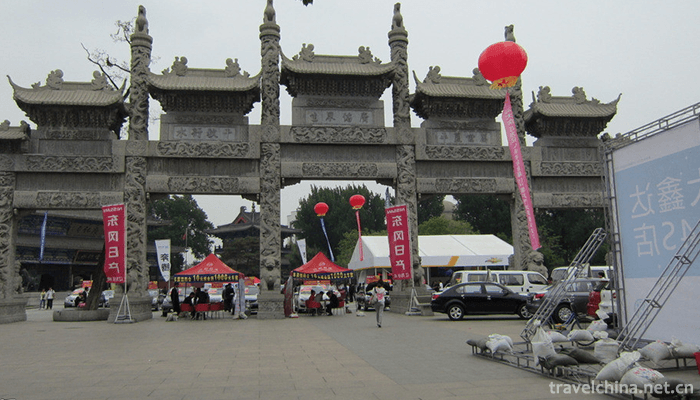
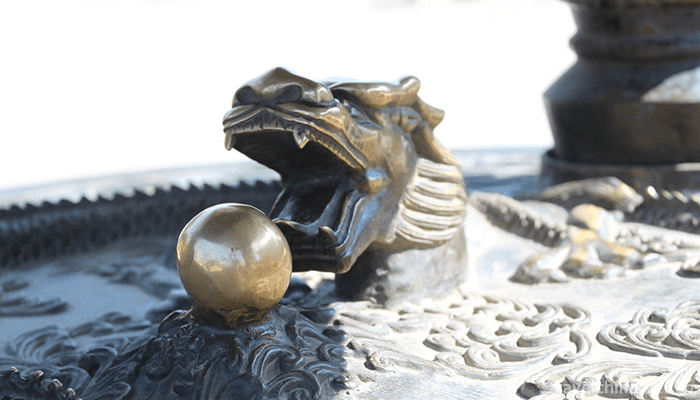
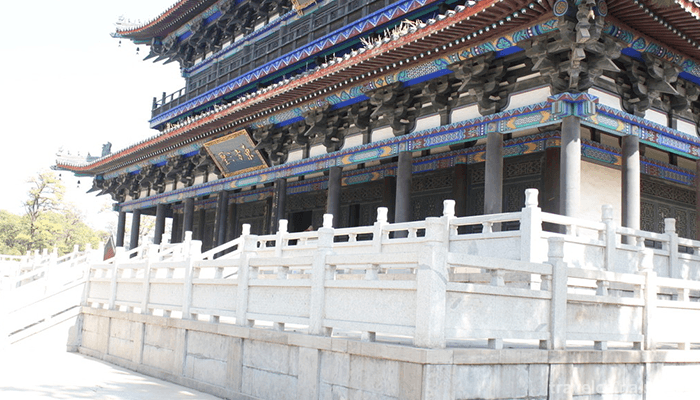
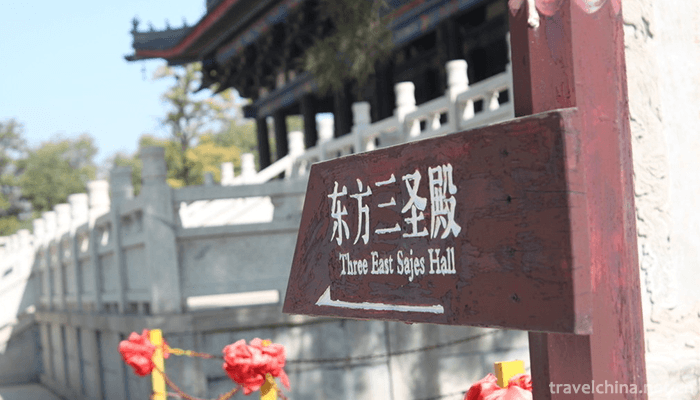
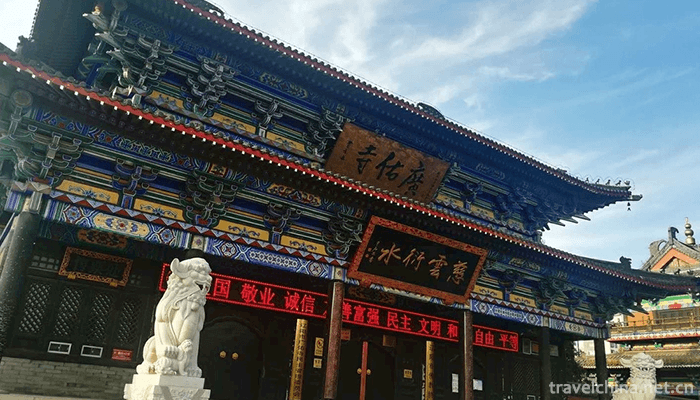
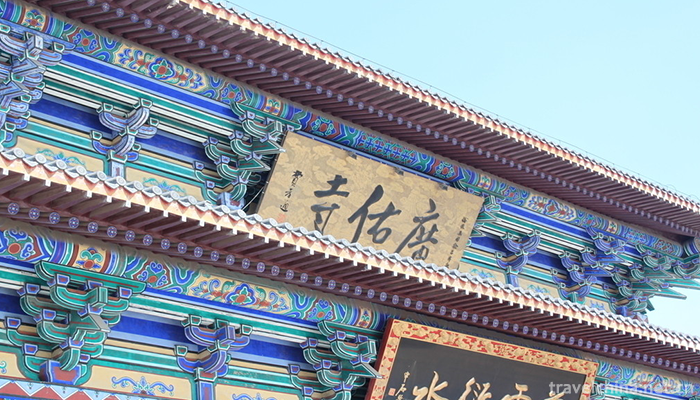
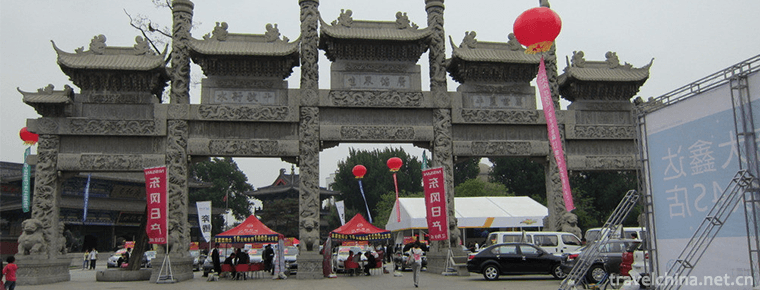
Guangyou Temple Scenic Area
-
Crab Dumplings in Soup
Crab yellow soup bag is a traditional snack in Jiangsu Province. The crab yellow soup bag is made of crab yellow and crab meat with stuffing
Views: 180 Time 2018-10-27 -
Zhenbeibao West Film City
Zhenbeibao Western Film City, located in Yinchuan City, Ningxia Hui Autonomous Region, is a national AAAAA-level tourist attraction integrating sightseeing, entertainment, leisure, catering and shoppi
Views: 179 Time 2018-12-12 -
Park hyatt Guangzhou
In Guangzhou Park Hyatt Hotel, a traditional Lingnan culture and Gourmet Tour is opened. Guangzhou Baiyue Hotel integrates Lingnan's long history and culture with Baiyue's delicate modern
Views: 179 Time 2018-12-16 -
Tian Xiang Yuan
Tianxiang Garden is located in Nanchang City, Jiangxi Province, Qingshan Hunan Avenue, formerly known as the West Lake Garden. Founded in 1976, with an area of 112 mu
Views: 247 Time 2019-02-22 -
Duodi dances
Multi-place dance, Tibetan folk dance, is a unique way for Tibetan people to dance and sing. It mainly distributes in three areas of Zhouqu County, Gansu Province
Views: 369 Time 2019-04-28 -
Kazakhstan 62 Kwohner
Kazakhstan 62 Kwohner 62 Kwohner is Kazakh folk classical music, which means "62 suites". It is a comprehensive art mainly composed of instrumental music, accompanied by folk songs, dances,
Views: 220 Time 2019-05-02 -
The legend of Huang Daxian in Huangchuping
Huang Chuping's legend is one of the local folklores in Jinhua, Zhejiang Province. It originated in the Eastern Jin Dynasty. The earliest written record was in The Biography
Views: 86 Time 2019-05-04 -
Nanping Nanci
Nanping Southern Ci is a traditional form of music popular in Nanping, northern Fujian Province. It is generally believed that the Southern Ci in Jiangnan area developed gradually with the local tradi
Views: 305 Time 2019-06-07 -
Red Army ferry scenic spot in Cangxi County
Cangxi Red Army ferry is located in Cangxi County, Sichuan Province. There is an ancient ferry by the Jialing River in Tashan Bay 3 km southeast of Cangxi city. Close to the mountain and by the water, the terrain is very dangerous, the rocks are steep, and the trees are green. Jialing River from north to south, beautiful scenery.
Views: 331 Time 2020-11-08 -
Kangding yak meat
There are many wild medicines such as Fritillaria, Cordyceps and so on growing in these areas over 3500 meters. Yaks often eat these herbs, and their meat is incomparably delicious. After being killed, they can be roasted in brown sauce, stewed or dried in the cold
Views: 213 Time 2020-12-06 -
Mineral resources in Suining
The mineral resources with more reserves in Suining City mainly include oil, natural gas, well salt, placer gold, limestone, etc., especially natural gas and brine resources. Suining has developed and utilized 7 kinds of mineral resources, including shale mine
Views: 221 Time 2020-12-16 -
Life of Suining residents
In 2019, the per capita disposable income of Suining residents was 24865 yuan, an increase of 9.6% over the previous year. The per capita disposable income of urban residents was 34854 yuan, an increase of 3024 yuan over the previous year and an
Views: 348 Time 2020-12-16
